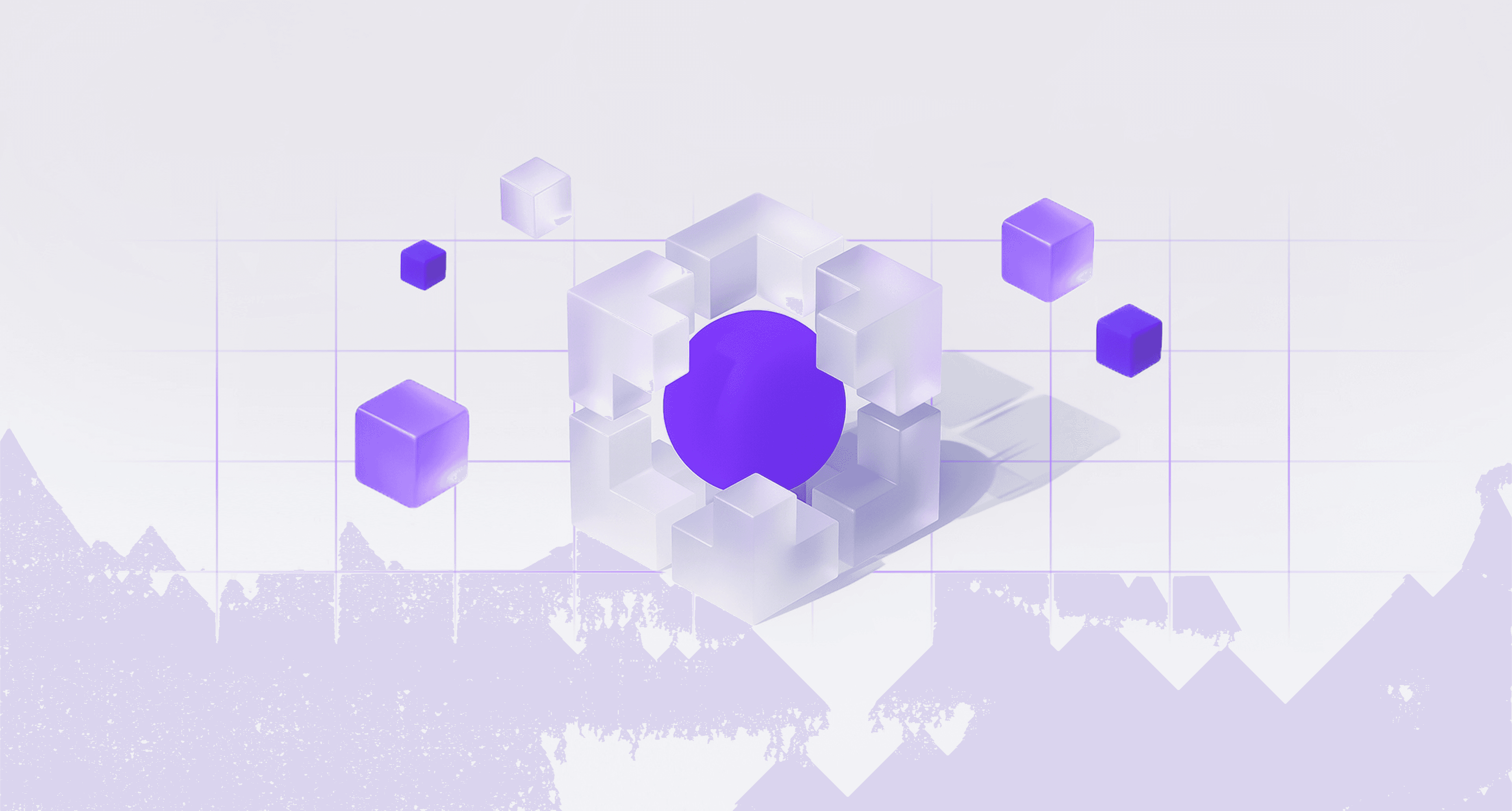
What is
Time-to-Intelligence?
A New Metric for AI Builders
Time-to-Intelligence (TTI) measures how long it takes to bring an AI system from concept to production, covering all phases from prototyping to deployment and optimization. While current metrics focus on model capabilities, TTI could become a standard for tracking the full development lifecycle of AI systems, helping builders better manage resources and progress.

AI Builders?
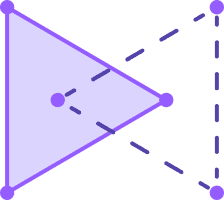
AI Builders facing?


for their own AI Initiatives
Who are AI Builders?
An AI Builder is anyone tasked with turning data into intelligence through the creation, deployment, or orchestration of AI systems. AI Builders span roles and expertise—from seasoned machine learning engineers to software developers embracing AI for the first time, to product managers, analysts, and business leaders spearheading AI initiatives.
What unites them is not their title, but their mission:
to harness AI to solve real problems, drive innovation, and create value using data.
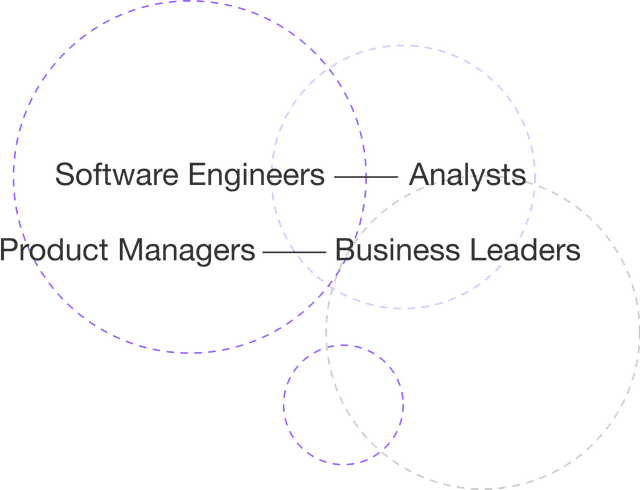

What are the challenges they face?

The challenge of
protecting "high-stakes" data
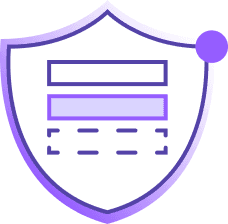
Organizations or individuals looking to develop new AI Systems often face a critical challenge upfront: how can we utilize our most critical asset without...

The need to prototype an AI system for business owner acceptance and setting proper expectations

The power of AI can be awe-inspiring at times, but it also has increased the expectations from executives...
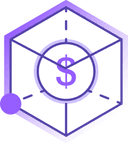
Deciding between commercially
hosted or Private AI
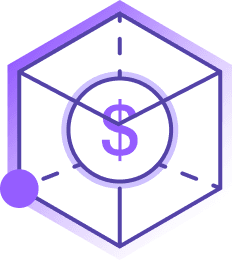
Commercially hosted solutions offer speed and simplicity but raise serious concerns around data privacy...

Fragmented Tools and
Ad Hoc Workflows

AI systems are often built on a patchwork of notebooks, dashboards, third-party APIs...
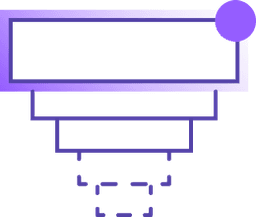
Unclear Success Metrics
and Undefined Value

Organizations frequently struggle to measure the business impact of their AI projects...

Security, Compliance,
and Data Privacy Concerns

Legal and compliance teams are increasingly involved in AI decision-making...
What is
Time-to-Intelligence
(TTI)?
Time-to-Intelligence represents the time and resources it takes AI Builders to bring an AI system from concept to production (inclusive of concept, prototype, testing, internal acceptance, deployment, and optimization).
As of now, AI Systems have metrics for capabilities (context window, parameter sizes, latency, uptime etc) but no standard framework for understanding all of the milestones and factors related to actually resourcing, prototyping, building, testing, deploying, improving, and maintaining AI Systems over time. TTI could become a standard metric and framework for AI Builders developing AI Apps, Agents, and Embodied AI.
Time-to-Intelligence (TTI) represents the total time it takes to bring an AI system from concept to production. It accounts for:


How the TTI Framework
Addresses
These Challenges
From Demos to Deployment
TTI breaks AI delivery into clear, milestone-based stages—so teams can move from prototype to production with purpose, not guesswork. It helps scope realisticspan timelines, clarify ownership, and reduce costly delays.
Build vs. Buy—With a Plan
The framework helps teams evaluate tradeoffs between speed and control, guiding when to leverage hosted APIs and when to invest in custom, private infrastructure—without compromising long-term goals.
Compliance by Design
TTI integrates privacy, security, and governance requirements into the development process—not as afterthoughts. This ensures systems meet legal standards and withstand scrutiny from the start.
Modular, Maintainable Architectures
By promoting modular design and reusable components, TTI reduces dependency on ad hoc tools. Teams can build systems that are easier to test, deploy, and scale—without starting from scratch every time.
Value-Driven Delivery
TTI encourages organizations to define success upfront. It ties technical progress to business outcomes, enabling teams to measure impact, demonstrate ROI, and align with leadership priorities.
Framework for
Building AI Systems
Build AI Faster
The Time-to-Intelligence (TTI) Framework structures the development of AI systems into modular, milestone-based stages. This approach brings speed, clarity, and repeatability to the process - helping teams move efficiently from ideas to reliable, production-ready AI. Here's how it works:
Gather Business Requirements and Approvals
Every successful AI system starts with a clear problem to solve. Define the business objectives, data needs, and success metrics. Secure alignment and approval from stakeholders before moving forward.
Prototype
Build an initial working model to validate your approach. The prototype doesn't need to be perfect—it's about testing feasibility and proving value quickly.
Test
Run internal testing to uncover technical or functional issues. Then expand to beta testing with real users to gather feedback, stress-test the system, and validate business fit.
Iterate
Use insights from testing to refine the AI system. Address bugs, improve performance, and enhance usability. This may require multiple iterations before moving to production.
Deploy to Production
Once stable and validated, deploy the system to a live environment. Ensure security, monitoring, and scalability are in place for reliable operation.
Maintain and Improve
AI systems need continuous care. Monitor performance, collect feedback, fix bugs, and adapt to evolving business needs. When new feature ideas arise, repeat the full development cycle—define requirements, build a prototype, test and validate, iterate, and deploy. This ensures every update is as thoughtful and effective as the original build, keeping your system evolving with purpose.
How is TTI Calculated
Measure What Matters
Time-to-Intelligence (TTI) is the total time it takes to move an AI system from initial concept to full production. It offers valuable insight into how efficiently an organization builds, tests, and deploys AI solutions. TTI covers the full development cycle, broken into measurable stages.
The estimated timelines below reflect a typical minimum when building AI systems in-house (Do-It-Yourself). Actual time may be longer depending on factors like system complexity, number of data sources, and the effort required to process and prepare data:
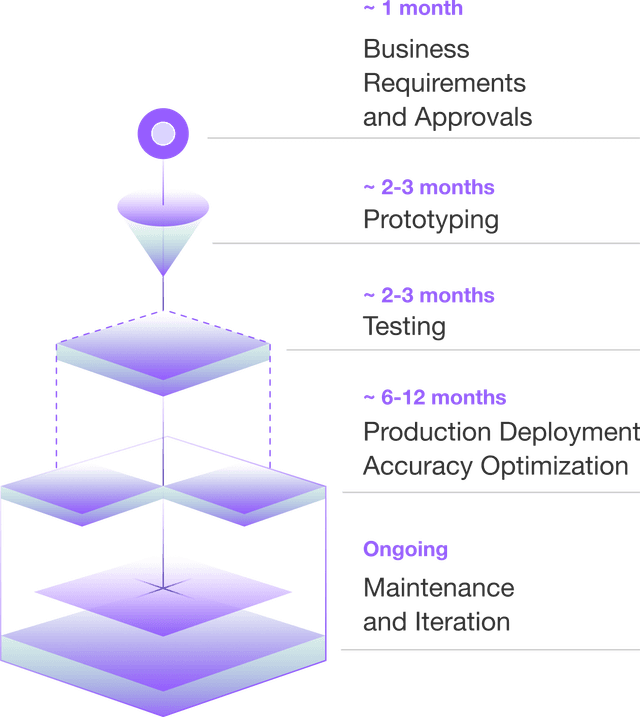
Your Strategy
to Lower
Time-to-Intelligence
Reducing Time-to-Intelligence (TTI) isn't about cutting corners—it's about building smarter, faster, and with purpose. To lower TTI, organizations need a clear, repeatable development strategy that aligns technical workflows with business outcomes. That means:
Start with
Strategy Alignment
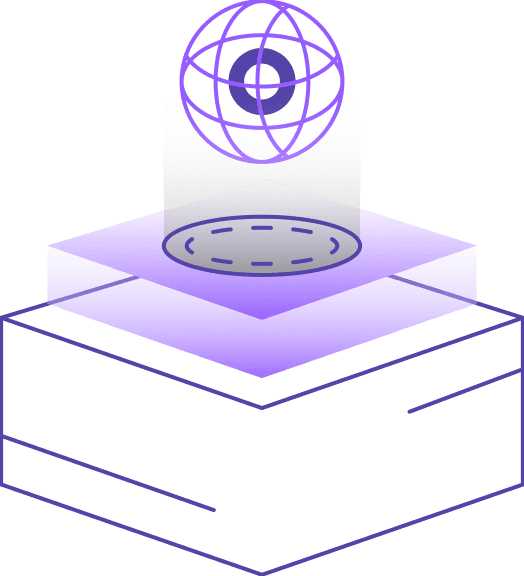
Start with Strategy Alignment
Define your AI goals upfront. Focus on use cases that deliver measurable value and have clear ownership.
Adopt Modular,
Reusable Components
Replace one-off builds with composable tools for data ingestion, model testing, orchestration, and deployment. Build once—refine often.
Integrate Feedback
Early and Often
Test fast, learn quickly, and embed user feedback into every phase of development.
Balance Speed
and Control
Use hosted tools where they accelerate value—but retain ownership of your data, IP, and workflow logic.
Build for Scalability
Design with iteration in mind. Ensure your AI systems are easy to update, extend, and govern as your use cases evolve.
Evangelize TTI
Across Your Organization
Time-to-Intelligence isn’t just a technical framework—it’s a mindset shift. To build effective AI systems, teams across product, engineering, legal, and leadership need a shared understanding of what’s really involved.
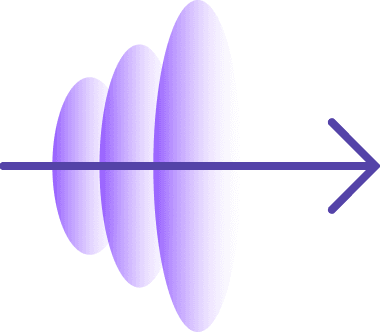
Align teams around realistic timelines and roles

Communicate the full scope of AI development—beyond the prototype

